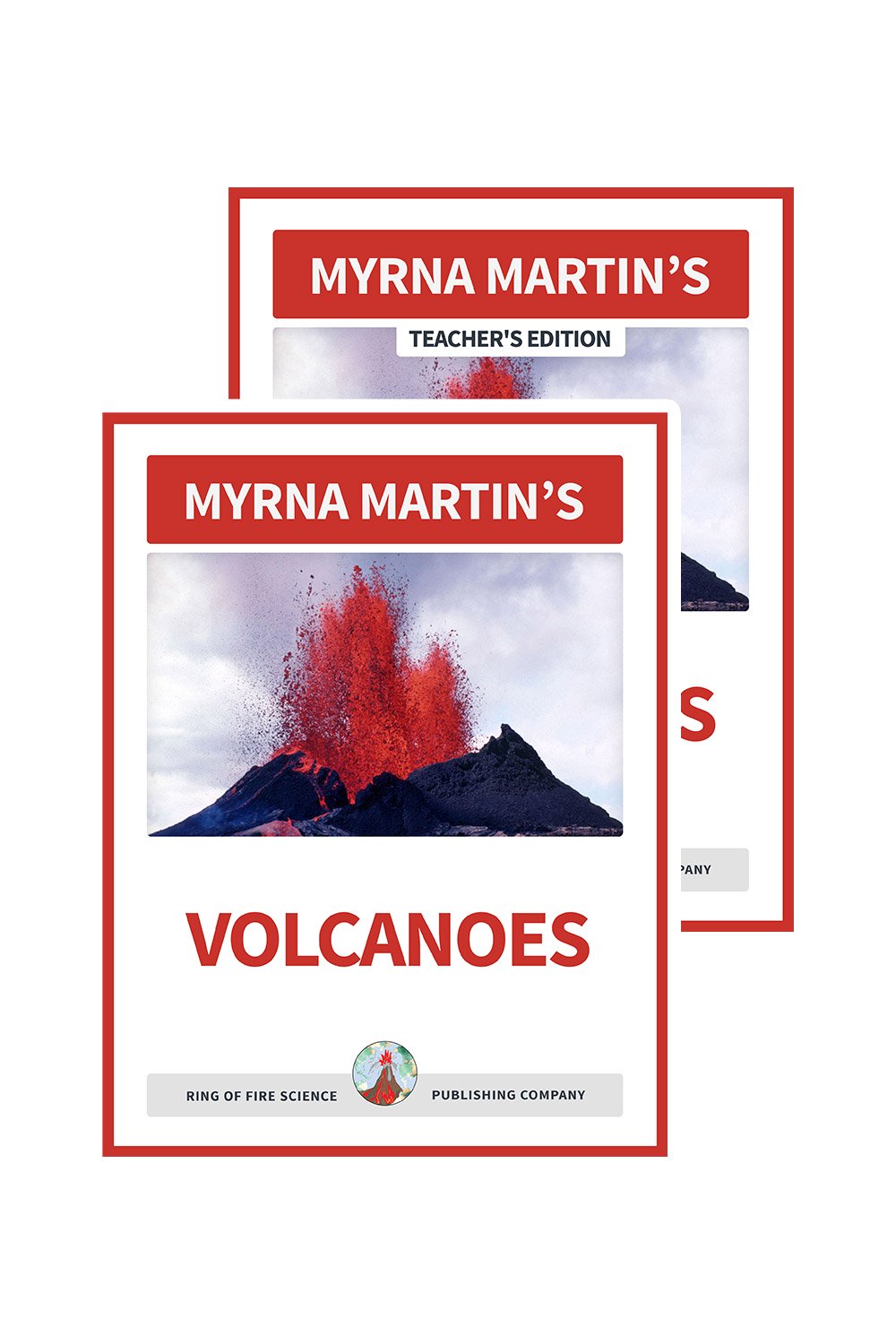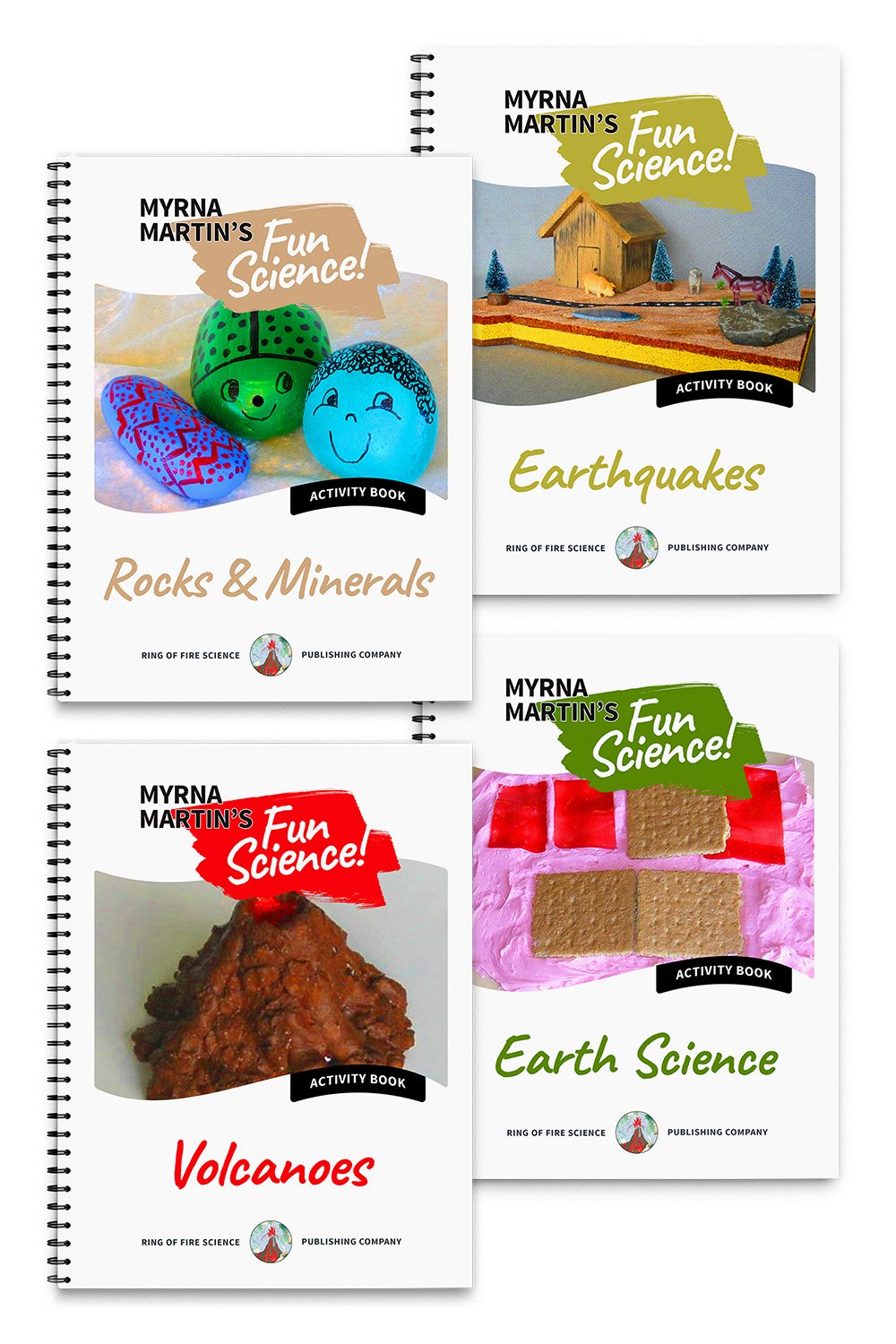Tornado Scale was revised in 2007
The tornado scale was devised by Dr. Ted Fujita to categorize tornadoes. He based the scale on their intensity and area. He also wanted to estimate the speed of the winds inside tornadoes. In 2007 a new enhanced scale was introduced with the same five categories but wind speeds for each category have been adjusted.
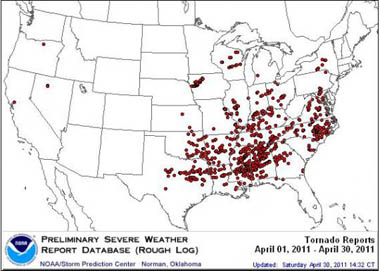
The Original Fujita Tornado Scale
- F0 - F0 tornadoes are weak and have winds less than 73 miles per hour (mph). They cause some damage to chimneys and trees.
- F1 - F1 tornadoes are moderate. The wind speeds are between 73 mph and 112 mph. They can overturn mobile homes and push cars off the road.
- F2 - F2 tornadoes are significant with wind speeds between 113 mph and 157 mph. They overturn box cars, demolish mobile homes and snap large trees in half.
- F3 - F3 tornadoes are severe with wind speeds between 158 mph and 206 mph. They overturn entire trains and lift cars off the ground.
- F4 - F4 tornadoes are devastating with wind speeds between 206 mph and 261 mph . They level all types of houses and blow structures away from their foundations.
- F5 - F5 tornadoes are incredibly strong with wind speeds between 261 mph and 318 mph. They lift and blow strong building away. They can also cause cars to fly through the air.
Enhanced Scale
The enhanced scale (EF scale) was devised between 2000 and 2004. It was implemented on February 1, 2007. It uses the same numbering system as the original scale.
The big difference between the new and old scales is the wind
speeds for each category. The new scale looks at the quality of
construction of buildings when assessing damage and wind speed.
F5 category changes
The old scale's F5 category wind speeds were between 261 mph and 318 mph. The new scale lowered the wind speeds to above 200 mph as category F5. Researchers found 200 mph winds were sufficient to cause the damage listed in the F5 category.
The new scale is similar to the old scale in most categories. The main difference is how structures such as double-wide mobile homes or strip malls withstand damage. Scientists have found that lower wind speeds can cause the damage that were once attributed only to higher wind speeds.
More Weather Information
- Weather Forecasting Find out how meteorologists use weather instruments to predict all kinds of weather from tornadoes to blizzards.
- Polar Winds Find out about polar winds that form as frigid arctic air sinks downward and moves to lower pressures areas.
- Pacific Typhoons Pacific typhoons and Pacific hurricanes are the same storms due you know what the different is? Find out on this webpage.
- Tornado Scale Find out about the scale that measures tornadoes in the United States and the revised scale introduced in 2007.
KIDS FUN SCIENCE BOOKSTORE
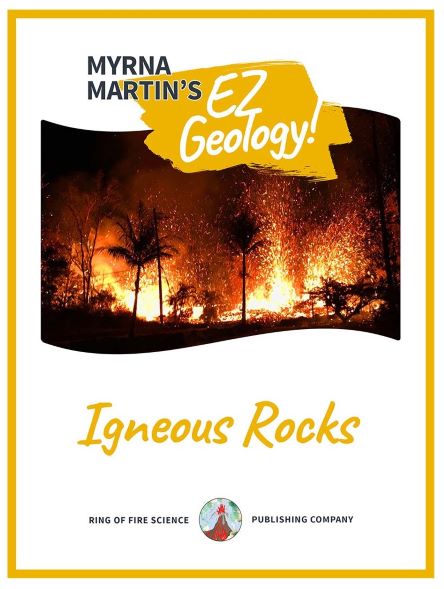 |
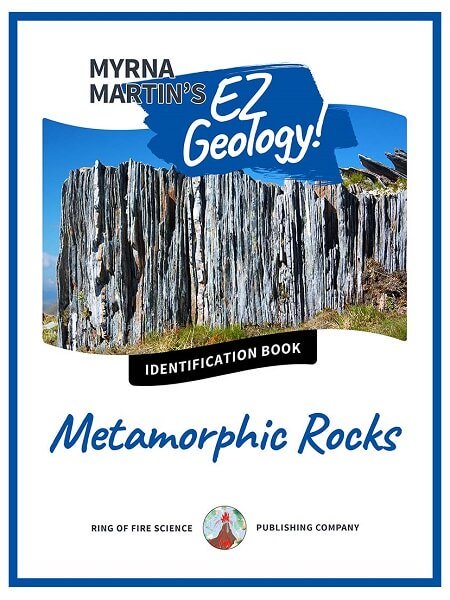 |
Check out Myrna Martin's award winning textbooks, e-books, videos and rock sets. The Kids Fun Science Bookstore covers a wide range of earth science topics. Click here to browse.
Sign up to our monthly newsletter and receive our FREE eBook containing 3 fun activities that don’t appear in any of our other books!
The Kids Fun Science monthly newsletter will include the following: current events, weird and fantastic facts, a question of the month, science trivia and the latest new content from our website.
We respect your privacy and you can be assured that we will never share your email address or use it for any other purpose than to send you our newsletter.



